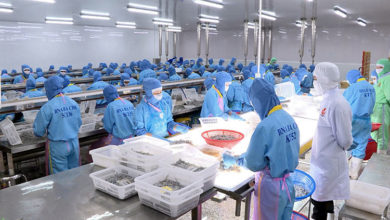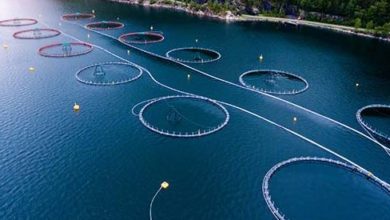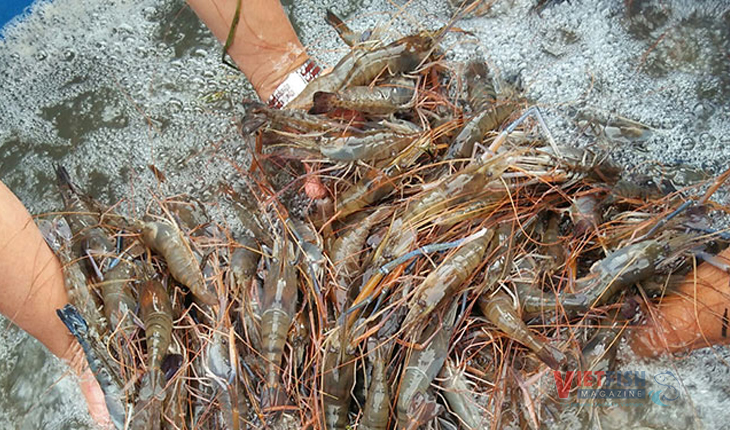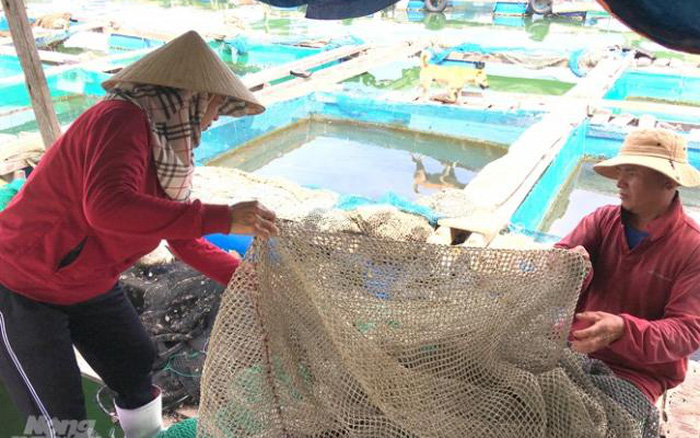Vietnam’s seafood industry races against U.S. tariff deadline
Vietnam’s seafood exports surged ahead of a looming U.S. tariff hike, but the gains may soon vanish as Washington’s new 20% duty comes into force.
Vietnamese seafood exporters rushed to ship products to the U.S. ahead of a 20% countervailing duty set to take effect on August 7, 2025. While total exports surged in the first seven months, the gains reflect a short-term push to beat new trade barriers rather than sustained demand growth, especially for shrimp and tuna, which are rapidly losing competitiveness in the U.S. market.

In July, Vietnam’s seafood exports reached USD 971 million, up 6.1% year-on-year. For the January–July period, total exports hit USD 6.22 billion, rising 17.2%. However, exports to the U.S. dropped 19.6% in July to USD 145.8 million, though the seven-month total still showed a 10.4% gain. The monthly decline signals mounting pressure from trade measures including countervailing duties (CVD), anti-dumping duties (ADD), and subsidy-related tariffs.
A major blow came in early June with the U.S. Department of Commerce’s preliminary anti-dumping rate of 33.29% on Vietnamese shrimp under the 19th administrative review (POR19). The rate impacts major exporters such as Stapimex and may lead to significant market loss if upheld in the final decision due in December.
China emerged as a key growth driver, with July exports jumping 31.7% year-on-year to USD 221.5 million. Total exports to China in the first seven months reached USD 1.33 billion, up 42.6%, boosted by strong demand for shrimp and squid and preferential tariffs under agreements like RCEP and CPTPP.
Other major markets including Japan, the EU, South Korea, and ASEAN also posted strong growth. Competitive pricing, stable supply, and trade deal advantages are helping Vietnam expand in these regions.
Shrimp remained Vietnam’s top seafood export, generating USD 2.49 billion in the first seven months, up 23.6% year-on-year. But U.S. market prospects are dimming. If both the 20% CVD and 33.29% ADD are enforced, Vietnamese shrimp will face a combined tariff burden exceeding those on Ecuador (15%), Indonesia (19%), and the Philippines (19%). This would erode Vietnam’s cost advantage and threaten market share. Still, if momentum holds in Asia and CPTPP markets, exports could reach USD 3.6–3.8 billion in 2025.
Pangasius exports reached USD 1.22 billion, up 11.1% year-on-year. Confidence in the U.S. market improved after eight exporters, including Vinh Hoan, received zero ADDs under the 20th review (POR20). However, the impending 20% CVD could raise production costs and pressure margins. Meanwhile, exports to China are slowing due to rising inventories, prompting a shift toward ASEAN, the Middle East, and South America.
Tuna continues to face headwinds. Exports totaled USD 542 million in January–July, down 2.8% year-on-year, with July alone plunging 19%. In addition to tariffs, domestic regulations are complicating exports. Decree 37 prohibits blending of domestic and imported tuna and sets a minimum catch size of 0.5 meters. These rules are limiting fishing activity, reducing processing capacity, and preventing exporters from fully utilizing the EU’s 11,500-ton tariff quota under EVFTA.
According to official U.S. notices, the 20% CVD on Vietnamese seafood and other products will be enforced starting August 7. This rate is higher than for competitors like Ecuador, Indonesia, and the Philippines, placing Vietnam at a clear disadvantage. Combined with ADDs, subsidy-related tariffs, and non-tariff barriers such as Marine Mammal Protection Act (MMPA) standards, pressure on Vietnamese exporters is mounting.
Shrimp and tuna are at high risk of losing U.S. market share unless trade measures are revised. In response, companies are restructuring product portfolios, cutting costs, and seeking to diversify into alternative markets.
Looking ahead, Vietnam’s seafood export outlook for the second half of 2025 remains mixed. Challenges include U.S. tariffs, tuna raw material shortages, geopolitical risks, and logistics disruptions. However, opportunities persist in China, Japan, ASEAN, and the EU, particularly if technical barriers ease. FTAs like EVFTA, CPTPP, and UKVFTA continue to offer tariff preferences and market access.
Total seafood exports for 2025 are forecast at USD 9–9.2 billion, including USD 3.6-3.8 billion from shrimp, USD 1.8 billion from pangasius, USD 850-900 million from tuna, and nearly USD 3 billion from other marine products. To meet these targets, Vietnamese firms must secure raw material supply, invest in processing technology, enhance product quality, and expand into niche markets across CPTPP and intra-Asia trade blocs.
VFM






